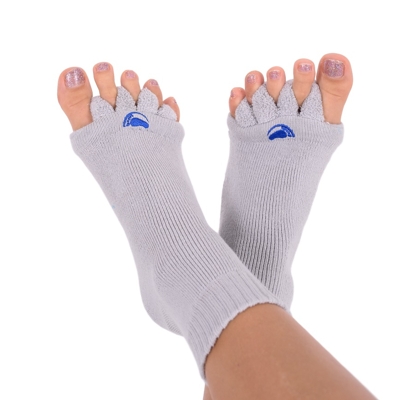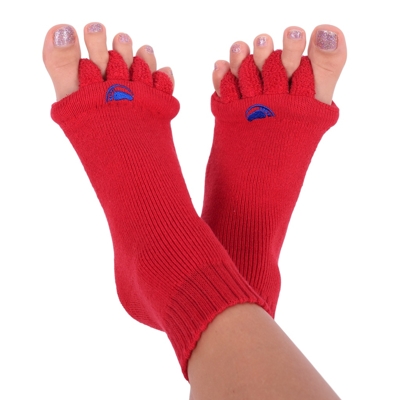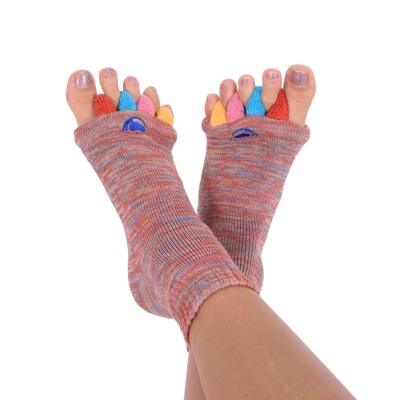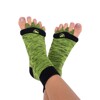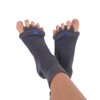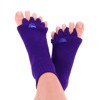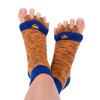What’s the difference between hammer toes and claw toes?

The two have a lot in common in terms of causes, symptoms and manners of treatment. But hammer toes differ from claw toes in some ways. How exactly do they differ and how can one prevent advanced deformation requiring surgery?
Hammer toes
Hammer toe is a condition that can occur in any toe on the foot, but is most often found in the second toe. It involves the shortening of the toe, where the toe bends upward between the instep bone and the first phalanx and then bends downward between the first and second phalanx. The toes then look scrunched up. This leads to pain, a shortening of muscles and tendons in the foot, and other complications. It is therefore not merely a cosmetic deformity.
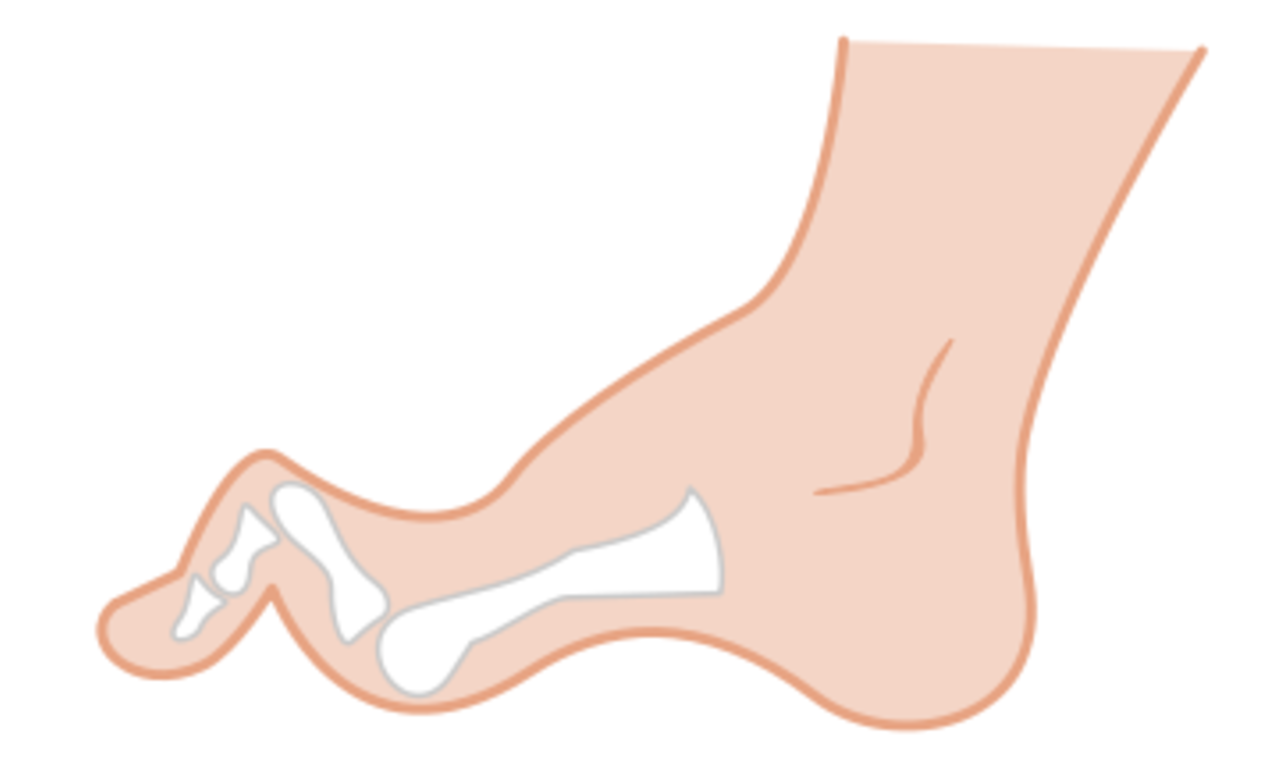
Claw toes
Claw toes are also bent up at the joint between the instep bone and first phalanx, but unlike hammer toes they do not bend downwards at the next joint between the first and second phalanx. You can recognize this condition if the tips of your toes touch the upper lining of your shoes.
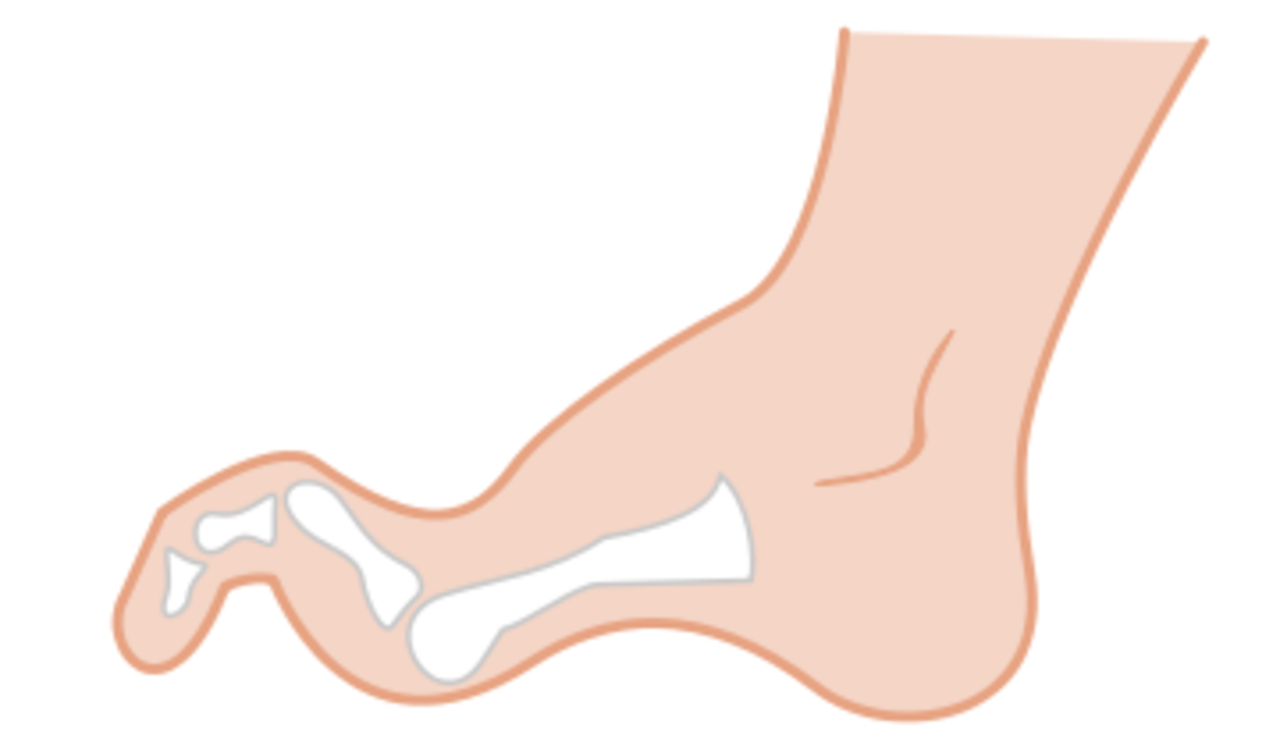
Complications associated with both deformities
- deformed joints
- shortened tendons in the deformed toe
- change in physiological stereotype of gait
- bruises or corns at the point of contact between the joint and shoe
- callouses under the head of the instep bone
Causes and symptoms
Hammer toes, claw toes and crooked toes in general usually have a similar cause, namely the wearing of unsuitable footwear. We consider unsuitable footwear to be high-heeled shoes, narrow-toed shoes or shoes with stiff soles. Genetics can also play a role, along with trauma.
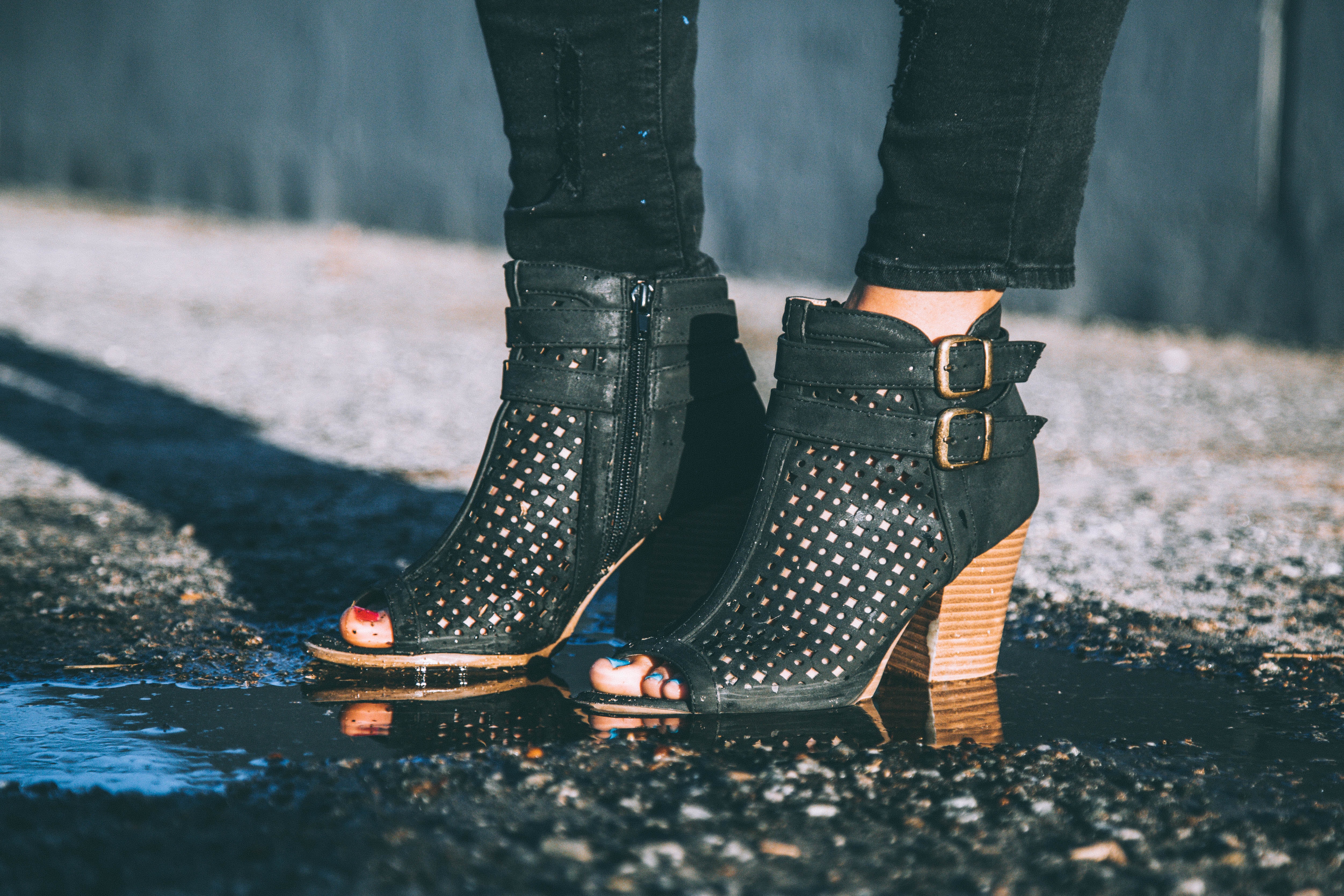
The main symptoms of crooked toes include toe pain, loss of feeling in the toes, inflammation and redness, bruising and, of course, the obvious unnatural deformation of the toes. Hammer and claw toes are also associated with fallen arches and are often accompanied by bunions.
Treatment of hammer toes and claw toes
To begin treating one of these deformities, it is necessary to make the correct diagnosis. Ideally, this involves consulting a podiatrist or orthopedist, or possibly a physical therapist. Deformities are generally recognized on sight. Then it depends on whether the tendons have “only” been shortened, or calcification has occurred, in which case adhesions have occurred in the deformed parts. In the former case, conservative treatment involving relaxation, range of movement techniques or fixation will suffice. In the latter case, surgery will be required to correct the position of the deformed toe.
Tips for prevention and treatment
To avoid hammer toes and claw toes or to stop their progression to advanced stages of deformity, we recommend a combination of the following:
- wearing spacious and comfortable shoes
- walking barefoot over uneven surfaces (pebbles, sand, etc.)
- kinesio taping
- relaxation and a range of movement exercises
- avoiding excess loads on your feet
- getting plenty of recovery time
- wearing Foot Alignment Socks
You can find more hammer toe tips here.


